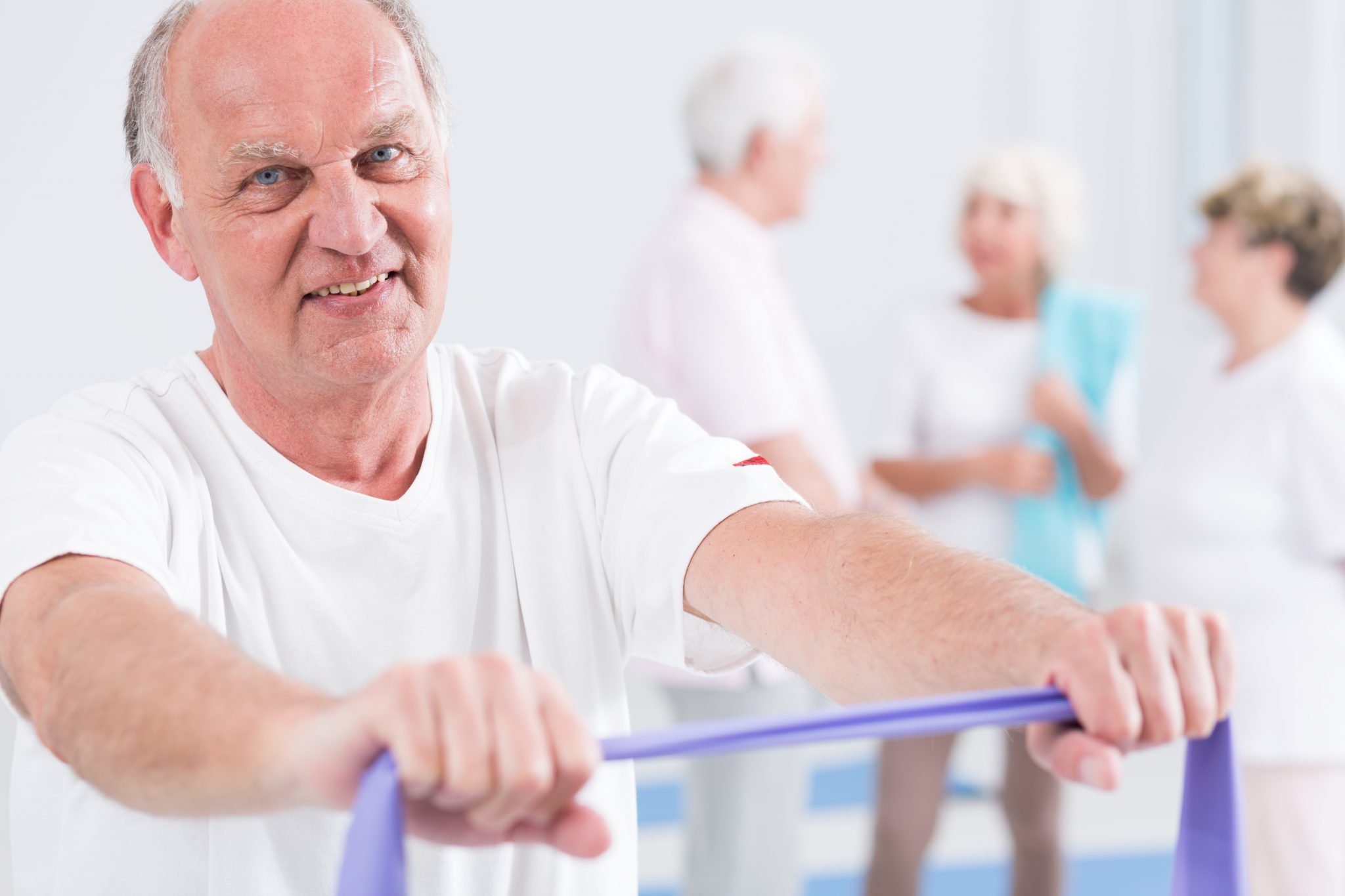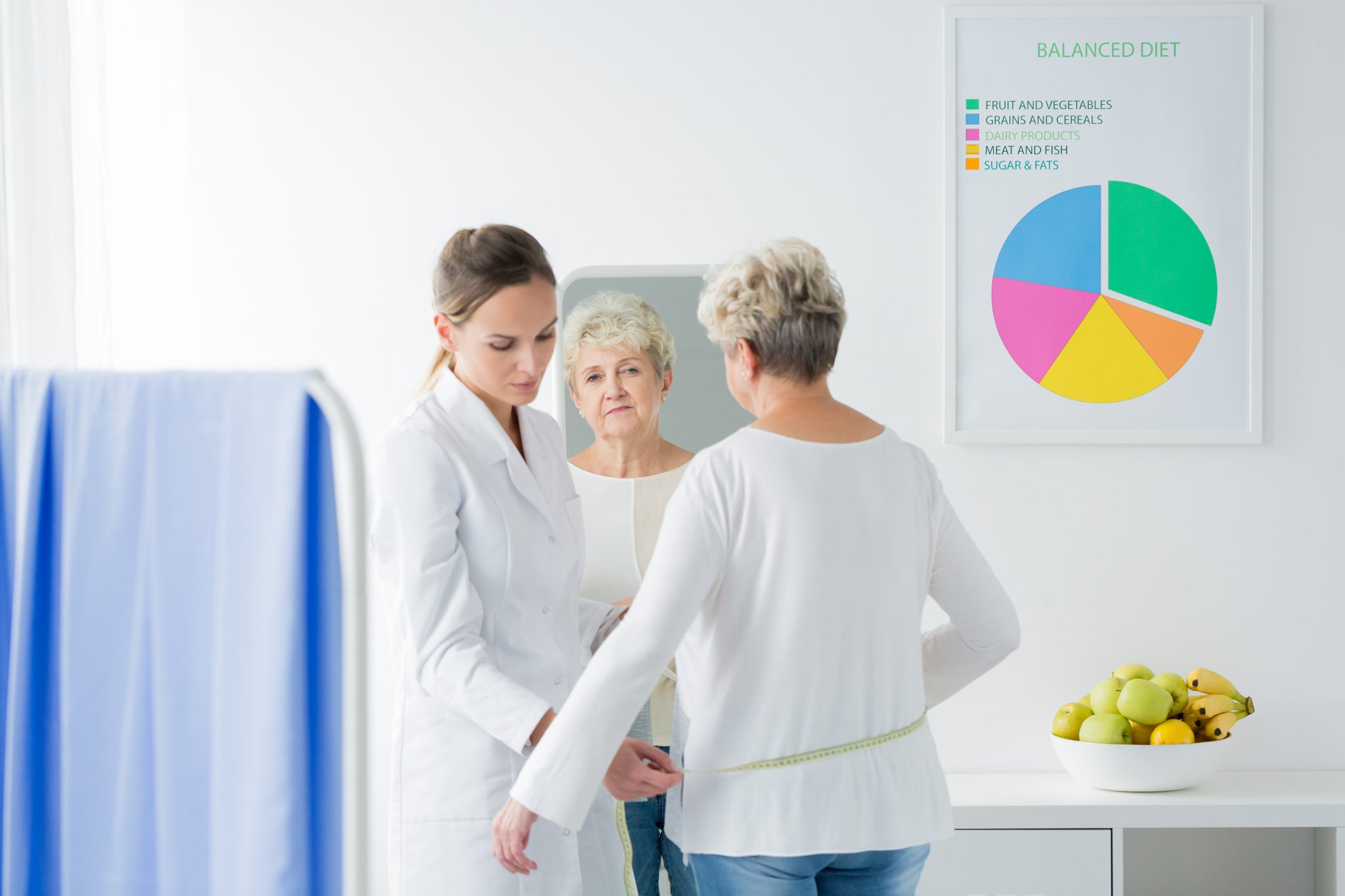Varicose Veins: Everything You Need To Know About Vein Pain
The blood does not have a smooth course and does not have adequate circulation when the valves present in the veins do not function correctly. This causes the veins to distend and make them appear huge. These are known as varicose veins.
They most frequently occur on the feet and the legs. Vein pain can occur if the varicose veins rupture and evolve into varicose ulcers on the skin. Superficial varicose veins are veins which are swollen and entangled and are enveloped by clusters of inundating capillaries called spider veins. Superficial veins are more likely to become varicose veins since these veins have little muscle sustenance than deep veins.
Causes
The valves in the veins are designed such that the bloodstream can flow in only one direction. However, if the vein loses its elasticity and becomes tensile, the valves in the veins may become frail. This weakened valve may initially permit the blood to flow backward and may, in time, lead to the circulation of the blood in the opposite course.
Due to this, the veins become distend and become large since the blood can gather in the veins, causing them to get enlarged. Intensive force on either the abdomen or the legs may cause varicose veins. These pressure agents include obesity, pregnancy, and standing for a long time. Another cause of varicose veins and vein pain is the age factor since the muscles get weaker with age.
Symptoms
Varicose veins have some symptoms and signs; however, in most cases, there is no pain. These symptoms include:
- The veins are bulging and are distend and entangled
- The color of the veins is dark purple and blue
- The legs sometimes may ache
- The legs may also feel heavy
- An abnormally long period of bleeding if a small injury happens to the infected area
- Due to the contraction of the skin, the fat beneath the skin which is on top of the ankle may become hard, causing lipodermatosclerosis
- Many may have swollen ankles
- Spider veins or telangiectasia in the infected leg
- The skin on the legs may become shiny
- Discoloration of mainly blue or brown color may occur close to the varicose veins
- Skin near the infected area may become dry, red and fretful and itchy causing venous eczema
- Leg cramps may occur
- The ankles or areas near them have abnormal white blotches called atrophie blanche
Risk Factors
Doctors and other experts are not well aware of the cause of valves malfunctioning or as to why the walls of the veins stretch. However, these experts have given potential risk factors which may add to the causes of varicose veins. The following factors may increase the chances of one getting affected by varicose veins:
- Age
As one age, their body also starts to get weaker and may experience some wear and tear of their muscles, tissues, and vein. The weakness and deterioration of strength in the valves of the veins cause the blood to circulate and flow backward or in the opposite direction of where it is supposed to flow. This causes the blood to get accumulated rather than letting it flow up to the heart, which increases the chance of varicose veins.
- Gender
Gender is also a risk factor that may increase the chance of varicose veins. This is because since females have frequent hormonal alterations due to menstruation, menopause, or pregnancy, the hormones permit the vein walls to unwind and de-stress. This makes varicose veins occur in females more than in males.
- Family History
Genetics also play a vital role in whether one could be affected by varicose veins. If one’s close or immediate family member has it, then one could likely get affected by varicose veins.
- Obesity
Obesity helps in putting more pressure on the abdominal area and puts more stress on the legs. In turn, this may cause more pressure on the veins, ultimately leading to them getting ruptured.
- Pregnancy
During pregnancy, the body of females develops or produces large quantities of blood in order to aid and support the fetus. However, due to such large volumes of blood, the veins may also expand in one’s legs.
Complications
Even though it is rare, one should be aware of the complications that may flow after one develops varicose veins. These include the following three:
- Ulcers
Prior to the formation of an ulcer, a discolored patch of skin is formed where the painful ulcer begins to develop near the ankles.
- Bleeding
Due to the swelling caused by varicose veins, the veins which are near the skin may rupture. This may lead to minor bleeding.
- Blood clots
Due to the swelling of the deep veins in the legs, the leg may appear large and may be quite tender and sore. The consistent pain in the leg may lead to the indication of blood clots known as thrombophlebitis.
Treatment
Varicose veins, fortunately, can be treated easily on the basis of outpatient. The person can treat oneself by self-care such as losing weight, exercising daily, especially leg exercises, avoid wearing tight clothes, and avoid sitting or standing for a long time. Wearing compression stockings is another way of treating oneself since these stockings compress ones’ legs, aiding the blood to flow more effectively. Other treatments for varicose veins may include:
- Sclerotherapy
- Laser treatment
- Using radiofrequency for Catheter-assisted procedures
- High ligation
- Vein stripping
- Ambulatory phlebectomy
- Endoscopic vein surgery
Prevention
Varicose veins cannot be fully prevented; however, the risks of developing this can be reduced by surpassing the blood circulation as well as developing more muscles and toning them. The measures that can be taken to prevent varicose veins may include:
- Maintaining and reducing weight if one is overweight or obese
- Doing elevation exercises with one’s legs
- Exercising the body
- Moving around while changing postures and positions of standing and sitting
- Maintaining a healthy diet with low salt and high fiber





